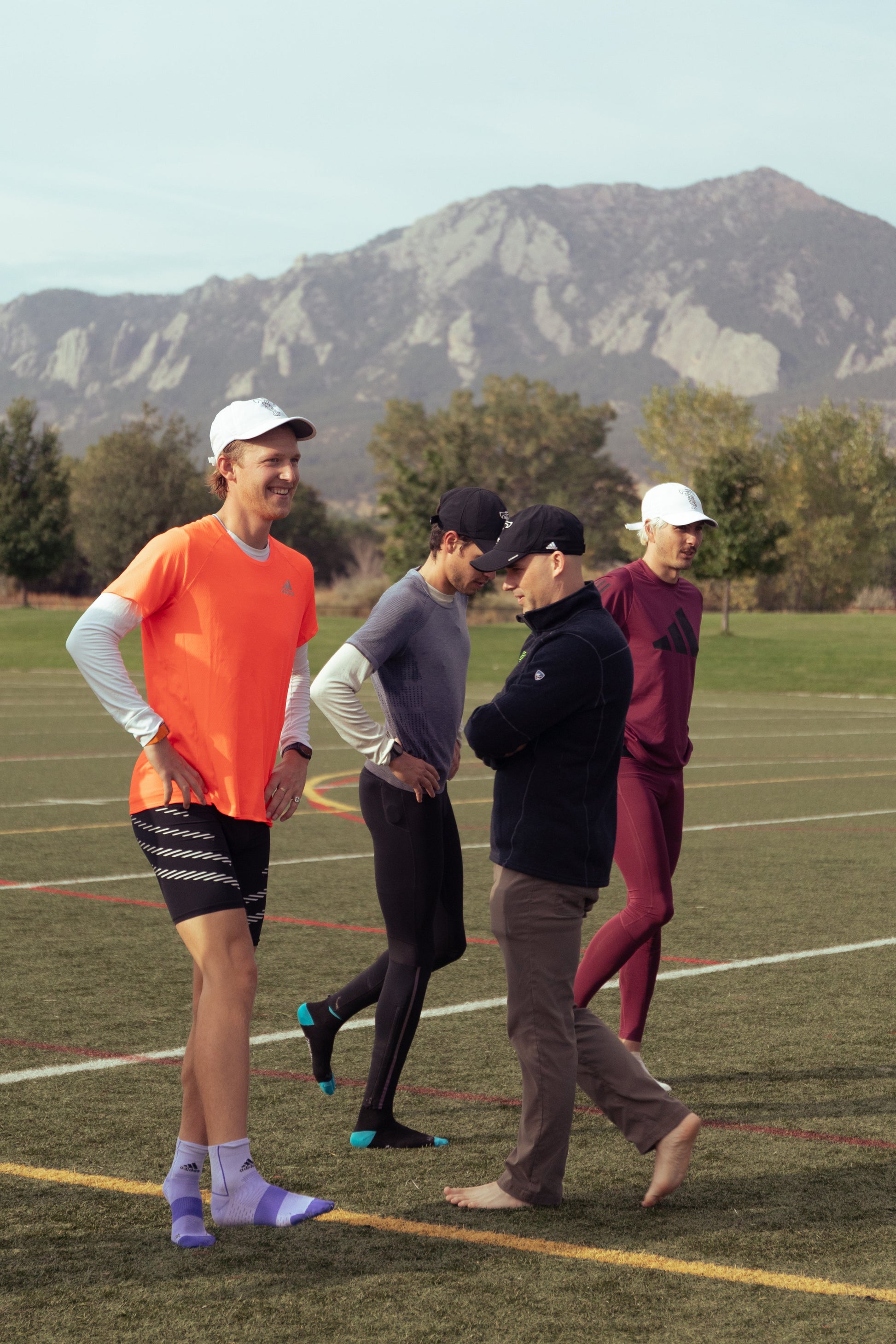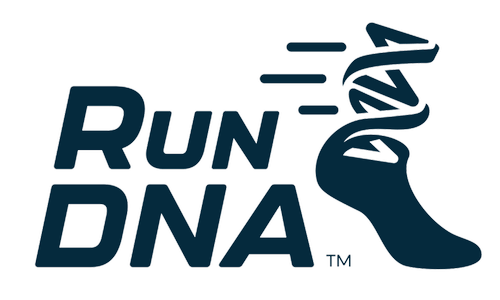Propulsion Rate
Running Propulsion Rate as Measured by a Gyroscope
Running propulsion rate is the speed at which the foot pushes off the ground during running. It is measured in meters per second. A typical running propulsion rate is between 200-350 meters per second.
Propulsion rate can vary depending on a number of factors, including your running form, the surface you are running on, and your speed. For example, runners who land on their midfoot or forefoot tend to have higher propulsion rates than runners who land on their heel. Additionally, running on a soft surface, such as grass or dirt, will produce lower propulsion rates than running on a hard surface, such as concrete.
Too low of a propulsion rate can lead to a loss of speed and efficiency. Too high of a propulsion rate can lead to injuries, such as shin splints, stress fractures, and runner's knee.
Once you have collected data from your gyroscope, you can use it to analyze your running propulsion rate and identify areas where you can improve your running form to increase your propulsion rate. For example, if you have a low propulsion rate, you may want to try landing on your midfoot or forefoot instead of your heel. You may also want to try running on softer surfaces, such as grass or dirt.
It is important to note that there is no one-size-fits-all answer to the question of what is the optimal propulsion rate. The best way to find the rate that is right for you is to listen to your body and adjust your running form accordingly.
Tips for Improving Running Propulsion Rate
Here are some additional tips for improving running propulsion rate:
- Improve your running form. Focus on landing on your midfoot or forefoot, and keep your stride short and quick.
- Run on soft surfaces whenever possible. Softer surfaces, such as grass or dirt, are less likely to slow you down than hard surfaces, such as concrete.
- Start slowly and gradually increase your speed and distance. This will help your body to adjust to the demands of running and reduce the risk of injury.
If you experience pain while running, reduce your speed or distance, or take a break from running altogether. If the pain persists, talk to your doctor or a physical therapist.

RunDNA
Gait Retraining Plan


